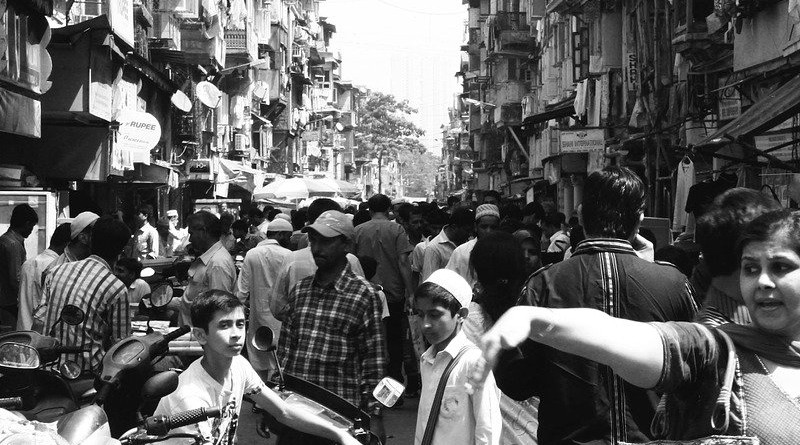Is India Taking Calculated Risk In Ignoring Population Growth? – OpEd
World Population Day is observed on 11th July. However, it has largely gone unnoticed in India, even though the country has now emerged as the most populated country in the world out, beating China.
The population issue in India is a serious matter since population continues to increase, even though at a slightly lower rate in terms of percentage than in the past.
Alarming level
The alarming signal of the population issue in India can be well realized by the fact that population density in India of 464 per square kilometer has been steadily increasing and now is the highest in the world amongst all countries, with population density in China being 153 per square kilometers, the USA being 36 square kilometers and Japan 347 per square kilometres.
In the last several decades, India has made considerable progress in food production, housing facilities, road construction and overall economic growth. In spite of this, significant section of population continue to remain below poverty level and another significant section of population are marginally above the poverty level. This is due to the fact that the growth of economy is not matching the population growth to enable India to ensure minimum standard of living for all people. This means, in effect, the population growth is undermining the economic growth in the country.
Obviously, this situation indicates that India has to take some very strong measures to curtail the growth of population, particularly in a scenario where the land area remains the same. It is difficult to imagine at this stage as to what would be the scenario in India if the population level would reach 2000 million from the present level of 1420 million in the next few decades, which may well happen if India were not to be successful in drastically cutting down the population growth.
Birth rate is higher
Some explanations are given that death rate has come down in India due to better medical facilities even as birth rate has come down, which is a healthy sign. But, this is not an adequate healthy sign considering the seriousness of the population issue. The birth rate is still high and it only contributes to a further increase in population.
More than 45% of the Indian population now are reported to be youth population and therefore, it is argued by some quarters that India can have the benefit of demographic dividend by utilizing the youthful work force. But, this is more easily said than done, as generation of employment on a mass scale is very difficult exercise, considering the need for efficiency of output by automation which would result in reduction of work force and also with technology developments such as artificial intelligence, which are bound to reduce the requirement of labour in various activities. Even otherwise, boosting the employment generation to the required level considering the large number of youth population in India is extremely difficult.
Is ageing population a threat?
It is argued that a rapid reduction in growth of birth rate will lead to high level of ageing population and lack of work force. Chinese government’s one child family policy, which it once adopted and now given up, is cited as justification for not drastically reducing the birth rate.
This argument can only be half the truth, as India’s population level is very high and India’s economy can become much stronger and vibrant even with two third of the present population level. Further, with the advancement in medical science, many senior citizens can engage themselves in productive work much more than what they do today and ensure that aged population will not be a drag on the country.
India’s dense population may be a burden on the world
With such a dense population as India has, it is more than likely that the overflowing population in India will result in massive migration of Indians to other countries. Such trend is already seen now. The question is whether the other countries will like this kind of situation.
Ever since India became independent from British rule in 1947, there have been discussions on the population issue. India pioneered the use of sterilisation for family planning. India was the first country to introduce family planning as part of the health policy. In 1962, a non governmental organization known as International Planned Parenthood Federation was born. Earnest efforts were made to control the population growth by campaign and other measures by the government.
However, the family control efforts met with a setback after the national emergency in the year 1975, since during the period of national emergency, forced sterilizations were done creating anger and frustration amongst people. Subsequent governments have nearly stopped focusing on population control.
During the last nine years, under the leadership of Prime Minister Narendra Modi, India has made progress in multiple directions. One of the issues on which Mr. Modi has rarely spoken is the population issue.
Perhaps, Mr. Modi thinks that family planning would only be successful if it would be done voluntarily and through informed choice.

